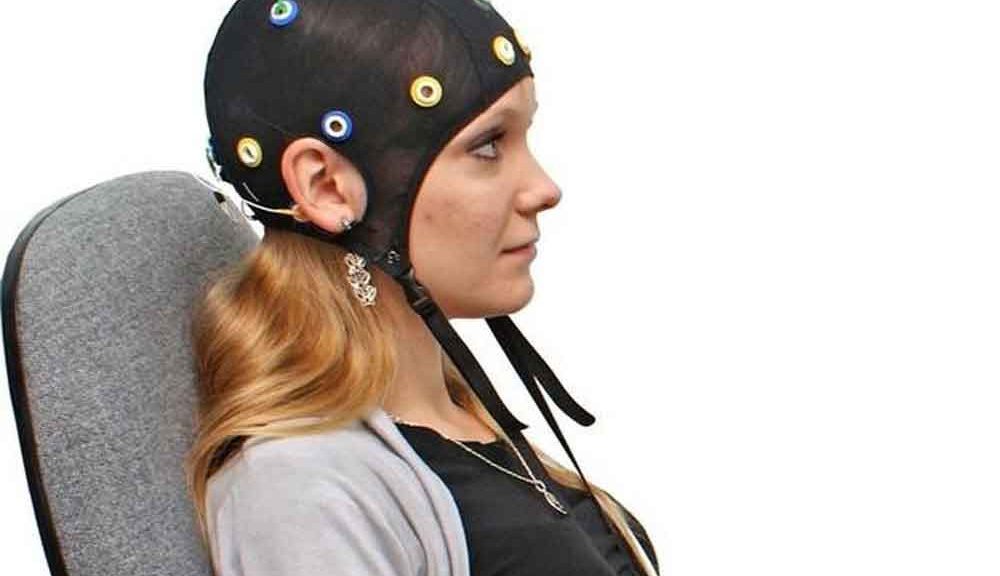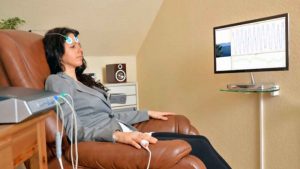
Benefits of Going To Neurofeedback Therapy
Neurofeedback therapy is a kind of brain training that helps you regulate yourself. It relies on the electrical activity of the brain, which is usually monitored by an electroencephalogram or EEG.
At different times of the day, your brain has different profiles of electrical activity. When you feel various moods, the patterns on the EEG will change accordingly. You can think of these as your “brain waves,” which are largely influenced by your current state of mind. If you’re happy, for example, your brain waves on the EEG would look different than when you’re sad, angry, or stressed.
What is neurofeedback therapy good for?
 This therapy aims to improve both your emotional and cognitive functions. Think of this: when you have work to finish, you always want to be focused and motivated to get those tasks done. But if something happens that causes you to feel negative emotions, like stress or anxiety, you lose that focus and motivation. Additionally, if you have mental health issues like ADHD, anxiety, or depression, it adds fuel to the fire. In turn, you find it quite hard to get things done.
This therapy aims to improve both your emotional and cognitive functions. Think of this: when you have work to finish, you always want to be focused and motivated to get those tasks done. But if something happens that causes you to feel negative emotions, like stress or anxiety, you lose that focus and motivation. Additionally, if you have mental health issues like ADHD, anxiety, or depression, it adds fuel to the fire. In turn, you find it quite hard to get things done.
Through neurofeedback therapy, you will learn to self-regulate your mental states. When you’re anxious or stressed, you can easily bring yourself back into a state of calmness and focus. Once you’ve mastered these techniques, self-regulation becomes automatic. Later on, you will vastly improve your happiness and productivity.
How does neurofeedback therapy work?
It works by training you to focus and inhibit certain brain waves. The principle behind it is a concept in psychology known as operant conditioning. When you increase the activity of brain waves associated with positive mental states, you get visual and auditory rewards through a computer. When done repeatedly, these rewards reinforce your brain to focus on “good” brain waves while minimizing “bad” ones.
Neurofeedback therapy also works on a subconscious level. That means your brain can regulate itself better once it has been trained well enough.
To achieve these, electrodes are placed on your scalp. These electrodes measure the electrical activity of your brain, outputting it as waves on a monitor. Different mental states correspond to different frequencies, and your goal is to increase the frequencies associated with positive emotions.
For best results, neurofeedback therapy typically requires you to take 30 to 40 sessions. In the first few ones, you’ll feel the effects last for up to 36 hours. The more sessions you have gone through, the longer the effects will persist. If you’re consistent in attending sessions, you will get the best long-term outcomes.
Over-responsive and under-responsive nervous systems
 Neurofeedback therapy addresses two main imbalances in the nervous system: over-responsiveness and under-responsiveness.
Neurofeedback therapy addresses two main imbalances in the nervous system: over-responsiveness and under-responsiveness.
When your nervous system is over-responsive, your brain is hyperactive and you don’t feel relaxed at all. You may have many thoughts racing through your mind at the same time, and you could behave impulsively. Other clear signs would be aggressive behavior, irritability, anxiety, and impatience.
When you’re in this state, your EEG profile would show lots of beta waves but very few SMR (sensorimotor rhythm) waves. The goal of neurofeedback therapy in this case is to reverse the trend: decrease beta waves and increase SMR waves. This way, you will feel calm, yet your mind will remain alert.
On the other hand, an under-responsive nervous system makes you feel tired, drowsy, and restless most of the time. It also leads to feelings of low self-esteem. You would have trouble concentrating, paying attention, and remembering things. Moreover, you can become easily distracted and lose motivation for work, study, or even leisure.
Through the eyes of an EEG, an under-responsive brain exhibits too many theta waves and too few beta waves. Thus, neurofeedback therapy in this case should increase beta waves and reduce theta waves. That way, you will feel more alert, awake, and focused.
What are the advantages of neurofeedback therapy?
 First of all, this therapy is non-invasive. In other words, it does not require opening up the skull or any part of the body. It is also painless; in fact, most patients report their experience of neurofeedback therapy as fun and enjoyable.
First of all, this therapy is non-invasive. In other words, it does not require opening up the skull or any part of the body. It is also painless; in fact, most patients report their experience of neurofeedback therapy as fun and enjoyable.
Secondly, the therapy is non-pharmaceutical, which means it does not rely on medications. While there are lots of clinically proven drugs that relieve mental health issues like anxiety and depression, these drugs often have unpleasant side effects. In some cases, the side effects are potentially fatal. But with neurofeedback therapy, no drugs are needed.
A large majority of patients are responsive to this therapy as well. Though it is not effective for 100% of patients, research has shown that 70 to 80% of them respond well to the therapy.
If you’re skeptical about the procedure, but a medical professional recommended it, you can still try it out. You don’t have to go through all sessions before finding out if it will work well for you. Most of the time, you can tell if you’re responsive to neurofeedback therapy within the first 5 sessions. If you do not respond well, therapy will be stopped immediately. Also, your progress will be monitored every session, and if you don’t feel any significant effects, the procedures can be changed.
The best part is there is no evidence from research that neurofeedback therapy creates harmful side effects. In some cases, though, patients may become overstimulated or understimulated. However, these effects can be reversed by adjusting the protocols in succeeding sessions.
Don’t worry; after each session, you’ll be asked to fill in a short questionnaire to monitor any changes in your mental state. If there’s anything wrong, the brain training protocols can be adjusted accordingly.
How do I find a good neurofeedback therapy provider?
It’s best to find a practitioner who is licensed and Board Certified in Neurofeedback (BCN). Also, it helps if the practitioner has extensive experience in the field and has seen a lot of success with former patients. It helps to explore your options first before settling on one particular provider.